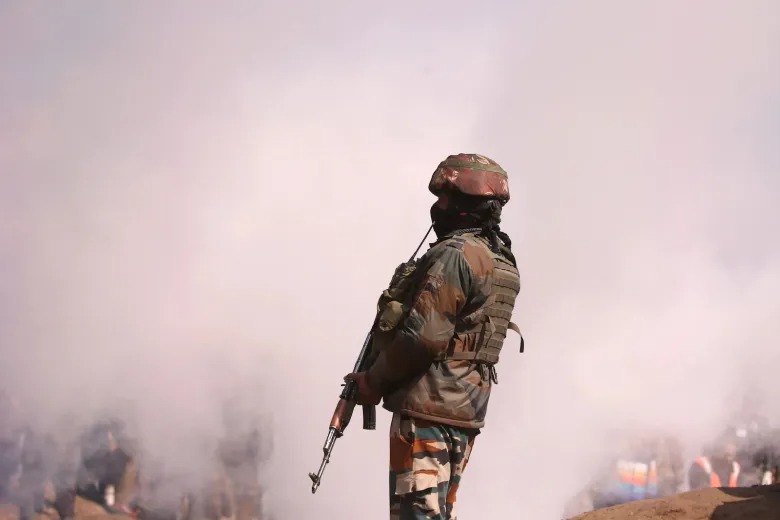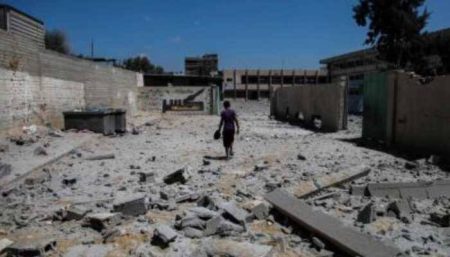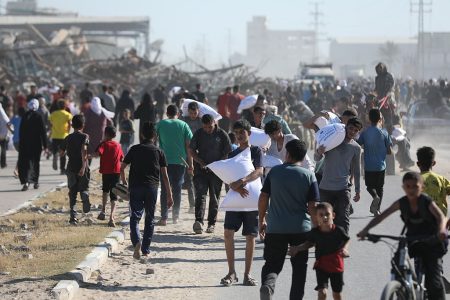India and Pakistan recently faced off in a military confrontation that has altered the political dynamics in both countries. While a ceasefire has ended the immediate violence, the political aftershocks continue to affect the region. The most surprising outcome of the conflict has been the unexpected boost in Pakistan’s international reputation, as the country’s leadership has managed to strengthen its position. In contrast, India finds itself diplomatically isolated and strategically weakened after the conflict.
Before the confrontation, Pakistan’s political leadership was in a difficult situation. The country faced growing public dissatisfaction, particularly due to allegations of electoral manipulation in the February 2024 general elections. The ruling coalition was under significant pressure, with protests, legal challenges, and widespread criticism. Meanwhile, in India, the government, led by Prime Minister Narendra Modi, had been focused on combating terrorism, especially in the wake of the deadly attack in Pahalgam, Indian-administered Kashmir, which resulted in the deaths of 26 civilians. India’s response was swift and militarized, but this approach soon proved to be a diplomatic misstep.
Pakistan, instead of escalating the conflict, chose a more restrained and diplomatic approach. The government presented itself as the responsible party, emphasizing the need for peace and restraint. This diplomatic stance allowed Pakistan to gain international support, positioning itself as a stabilizing force in the region. Global powers, including the United States and the European Union, called for de-escalation, but their statements, while urging both sides to calm tensions, ended up treating the two nations equally. This inadvertently weakened India’s position, which had hoped to isolate Pakistan and rally international support for its stance on terrorism.
China, a key ally of Pakistan, also played a significant role in the crisis. With its military support to Pakistan, including advanced aerial combat platforms, China quietly backed Islamabad. This allowed Pakistan to defend itself while maintaining a diplomatic tone. Meanwhile, India found its attempts to garner international backing for its position on terrorism largely ineffective. Despite intense media campaigns and diplomatic outreach, India struggled to isolate Pakistan and failed to secure the support it had expected from major global powers.
This conflict highlighted the importance of diplomacy in managing international tensions. India’s decision to turn what began as a security issue into a broader regional crisis proved to be a critical mistake. Instead of focusing on intelligence sharing, building international consensus on counterterrorism, and leveraging diplomatic channels, India allowed the situation to escalate. This failure to manage the conflict diplomatically led to India’s diplomatic isolation.
For Pakistan, the crisis provided an opportunity to reassert the role of its military and government. Despite criticisms of its handling of domestic politics, Pakistan’s military leadership was able to strengthen its position by framing its actions as responsible and focused on national sovereignty. The ceasefire, which was brokered by third-party diplomats, was presented domestically as a victory for Pakistan’s diplomacy. The military, seen as the protector of national interests, emerged from the crisis with renewed credibility.
In contrast, India’s diplomatic efforts were largely seen as a failure. Although India’s military actions were intended to demonstrate resolve, the international community shifted its focus from the terrorism incident to the risks of regional escalation. This change in the global narrative weakened India’s position and left it diplomatically isolated. The initial support India hoped to gain from the global community did not materialize, and its attempts to internationalize the issue failed.
The broader implications of this conflict will be felt for years to come. India’s approach to the crisis, which emphasized military action and rhetoric, showed the limitations of relying solely on force to achieve diplomatic goals. The international community is now more focused on the potential for nuclear escalation in the region, which could limit India’s future options for exerting regional influence.
On the other hand, Pakistan’s handling of the situation allowed it to strengthen its regional standing. By avoiding a belligerent stance, Pakistan’s leadership has been able to reframe the narrative in its favor, portraying itself as a responsible actor that managed to prevent a major war. The ceasefire not only ended the immediate conflict but also allowed Pakistan to reaffirm its role as a key player in regional stability.
In the aftermath of this brief but intense conflict, the strategic landscape in South Asia has shifted. While the ceasefire has ended the violence for now, the diplomatic consequences will linger. Pakistan has emerged from the crisis with a stronger diplomatic position, while India’s attempt to isolate Pakistan has proven to be a failure. As the region moves forward, both countries will need to reconsider their diplomatic strategies, as the lessons of this conflict will shape future interactions.















